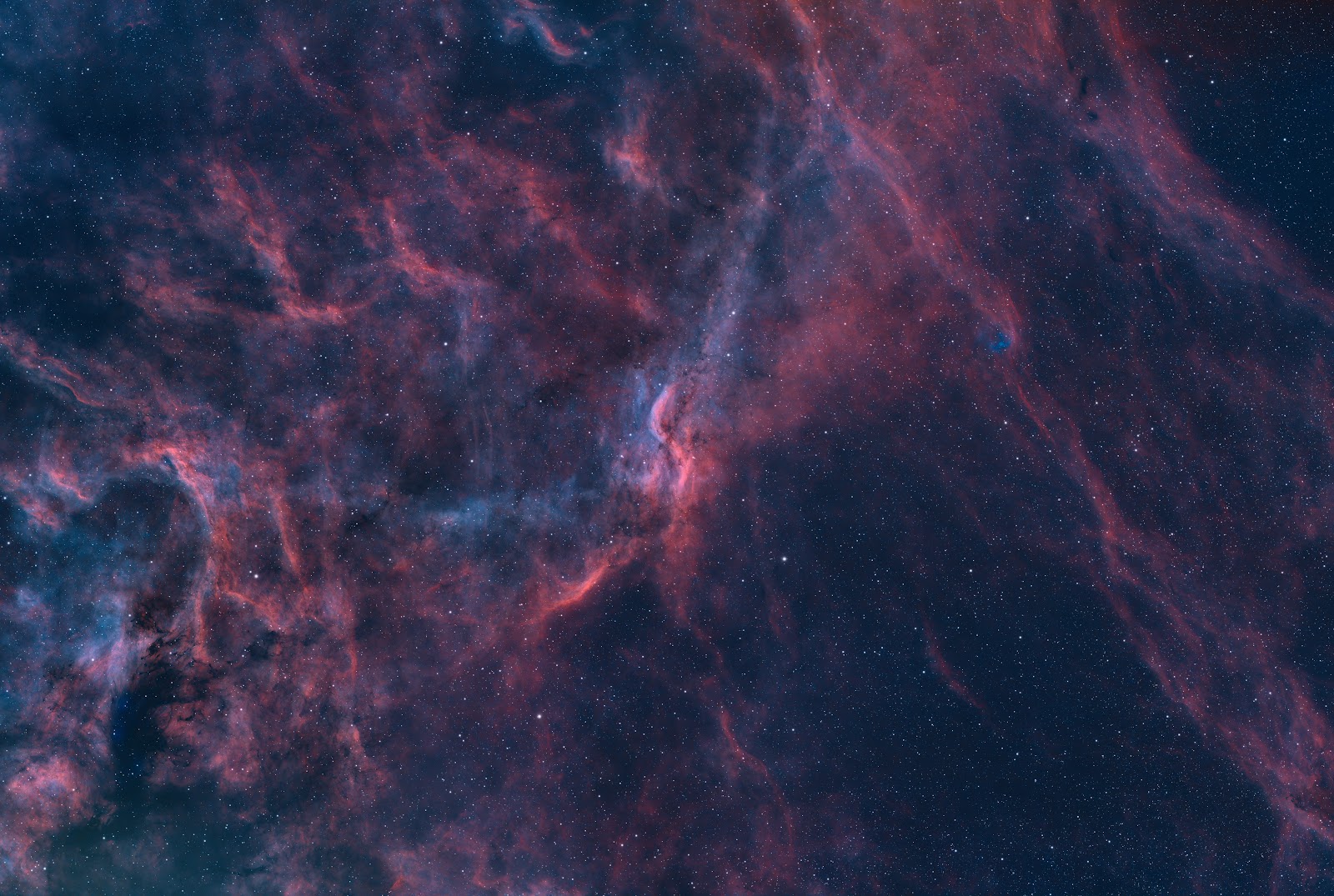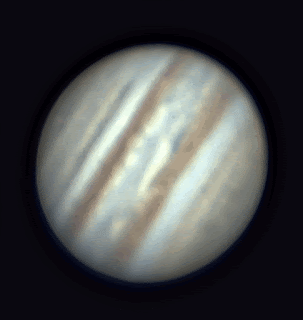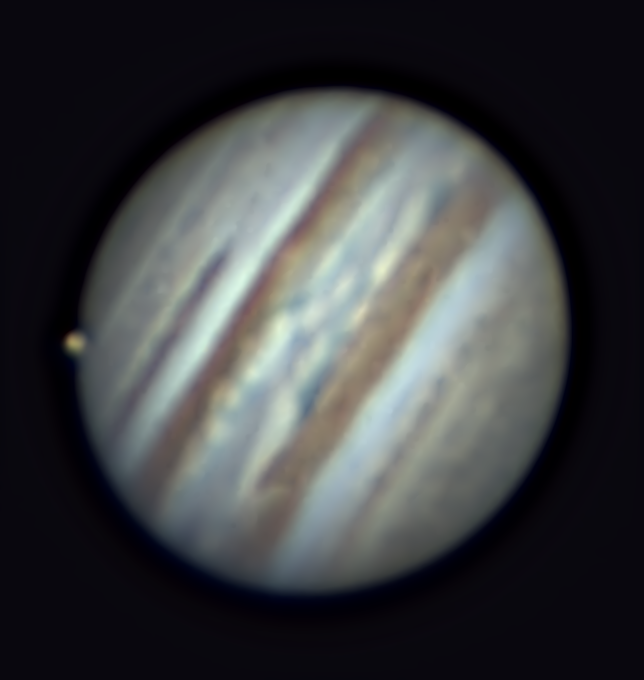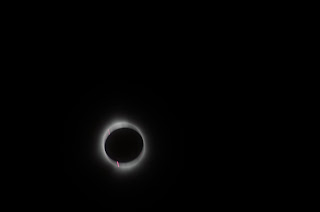2025 is an interesting year for Saturn, its rings were edge on mid summer, and now the planet is starting to tilt, so the rings are visible again. It's a rare time when Saturn's moons transits can be photographed. Here is an image form August 31, 2025, with Saturn's moon Rhea seen transiting at 3 o'clock, its shadow visible on the planet's disk, and its glow just at the edge
October 4, 2025
Transit of Titan on October 6, 2025





















































